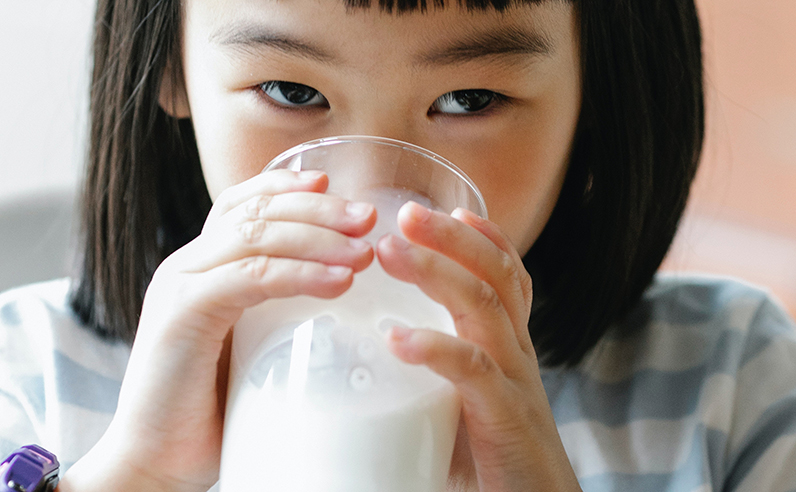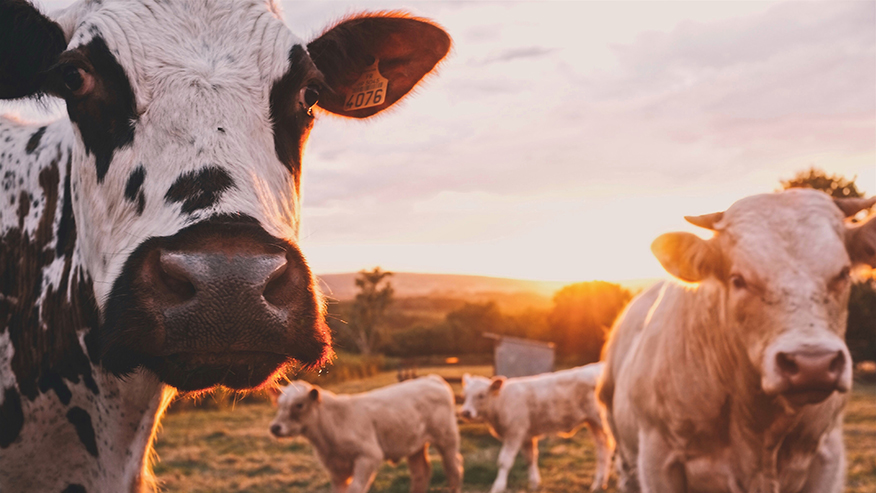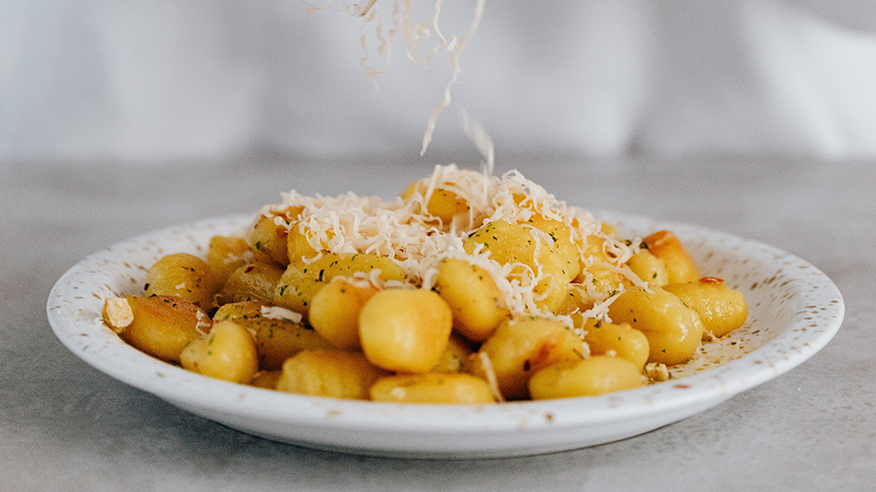Trends in the Dairy Industry: 2022 and Beyond
Despite the continued rise of plant-based dairy alternatives, dairy is booming. New data has shown that the US dairy industry has actually grown by 11% between 2019 and 2022. But in an age where it faces stiffer competition than ever before, how is it achieving this resilient growth – and how can your brand get in on the action?
Here are three key trends that are shaping the future of dairy in 2022 and beyond.
1. Dairy – But Make it Lactose-Free
The future of the dairy industry may be one that leaves lactose in the past. Around 70% of the global population suffers from some form of lactose allergy or intolerance, which has resulted in sales of traditional cow’s milk falling by almost 2.5% per year since 2010.
It’s time for dairy companies to increase their counter-efforts and win back consumers who forgo dairy because of intolerance. Producers in this industry are shifting their focus towards more lactose-free, A2 (which potentially lowers cholesterol) and ultra-filtered milks. In fact, these alternatives to traditional dairy are the fastest-growing milk categories in the US, accounting for 10.8% of all milk sales in the country in 2021.
Already squeezing commercial opportunity out of this insight is US food company Chobani, with its line of high-protein, ultra-filtered, lactose-free milks that come in whole, half, 2% and chocolate varieties.

2. Planet-Friendly Dairy Practices
The dairy industry was responsible for 3.4% of the world’s greenhouse gas emissions in 2021 – almost twice as much as the aviation industry. With 55% of US consumers saying they would buy more dairy products if producers state sustainability as part of their mission, the pressure on the milk sector to align its practices with environmental wellbeing is only going to increase.
Global dairy brands have already begun acting on their sustainability initiatives. For example, US company Arla Foods will work with 24 pilot farms across Europe over the next five years to implement regenerative farming methods and test the impact on soil health.
And let’s not forget about production waste – another environmental concern across all food and beverage industries. We’ve previously tracked a 24% year-on-year global increase (2017-21) in dairy product launches that carry an upcycled or waste-free claim, as brands grow increasingly confident in working with already-available resources.
Brands like The Spare Food Co are finding clever ways to reuse whey, a by-product of cheese and yoghurt production that is often wasted. The company’s probiotic tonics are made from upcycled whey strained from Greek yoghurt production.

3. Dairy Repackaged
Healthy snacking is an eating habit that consumers indulged in more during the pandemic, as well as experimenting with home cooking. To tap into these behaviours, savvy companies are capitalising on dairy’s unrivalled qualities (its protein content, its thick, creamy consistency and its buttery flavours) by changing the packaging and format of milk products – but not the recipe. This ensures the taste, texture and nutritional value remain untouched, keeping existing customers sated and opening up new markets.
French dairy company Bel Group’s Boursin brand have introduced bite-sized cubes of its famed garlic and herb soft cheese so that home chefs can easily toss into salads and pasta dishes – or pack into picnic hampers and lunchboxes. And German dairy producer Müller is offering new protein-infused rice pudding cups for a fun, snack-sized alternative to the dessert favourite.

Between intolerances, the thriving alternative milk industry and people’s evolving eating habits and ethical values, the future of dairy will rest on the creativity and responsible practices of food and beverage brands. By addressing consumer concerns and focusing on its inimitable flavour, the dairy industry can secure a place for its products on supermarket shelves for years to come.
Want to know more about the future of dairy, food and beverage and other related industries? Get in touch to talk to a member of our team.
Stylus members can read the full Dairy 2022: Sector Outlook report.